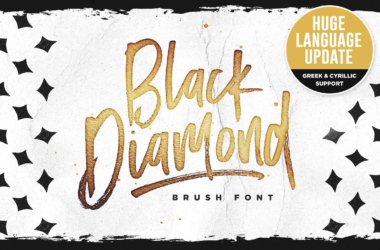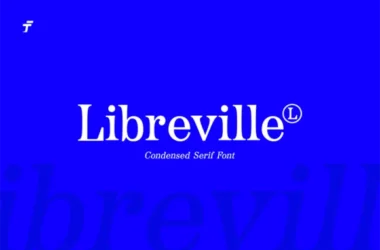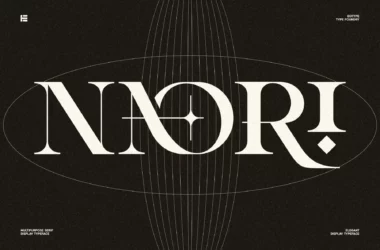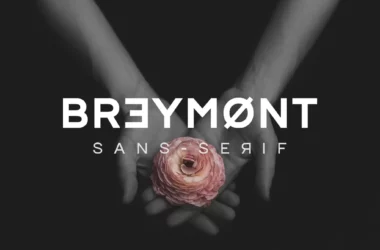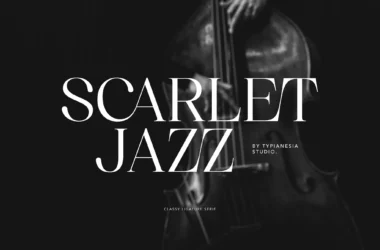Bavarian Font
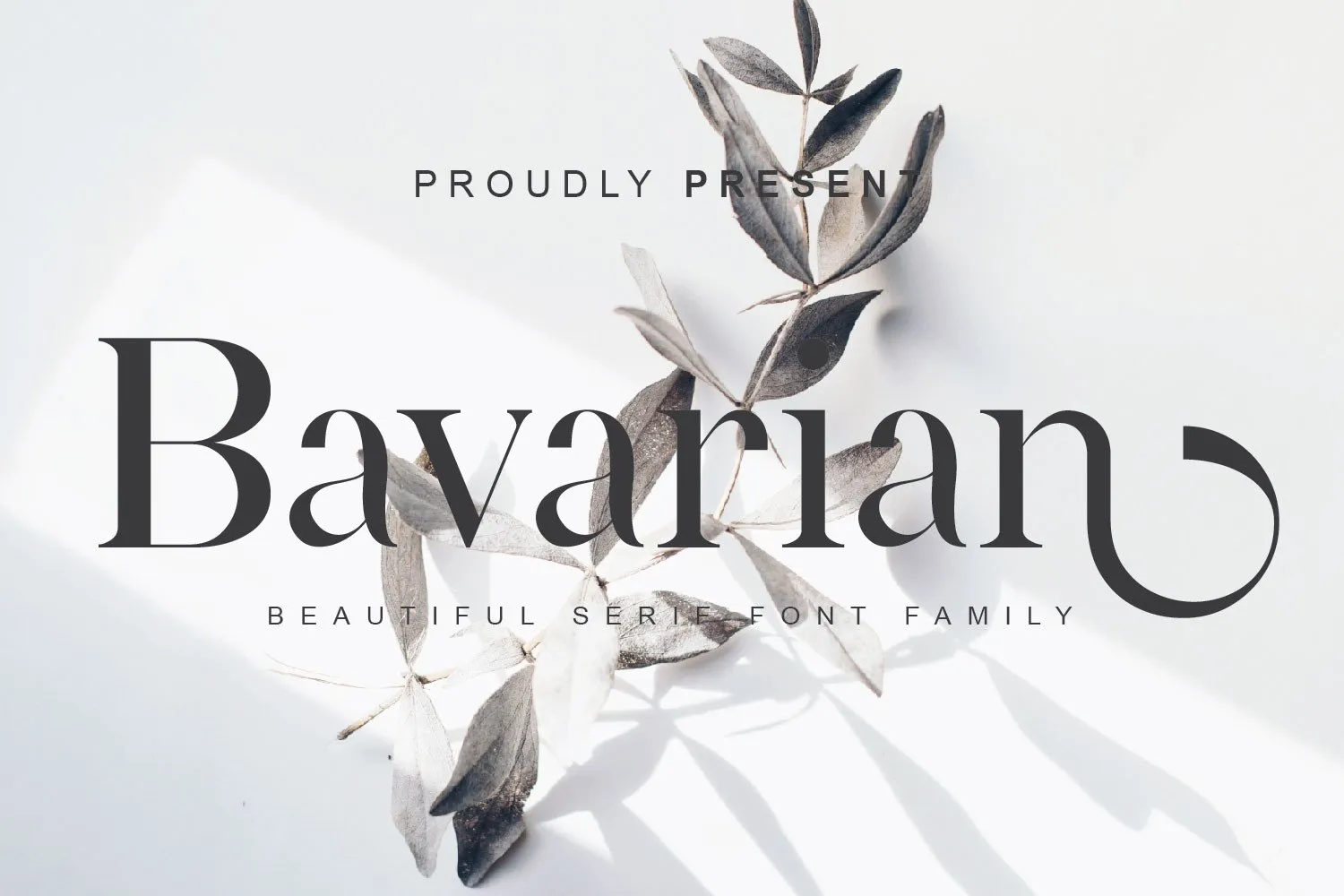
Bavarian font is characterized by its unique style that captures the essence of traditional German typography. It typically features ornate letterforms with distinct curves and embellishments, reflecting the folk art and craftsmanship of the Bavarian region in Germany.
This font style often evokes a sense of old-world charm and adds a festive or historical ambiance to various designs, including event invitations, restaurant menus, and beer labels. With its roots deeply embedded in Bavarian culture, the font stands out for its decorative qualities and ability to convey warmth and hospitality.
You can find more free Serif fonts here.
Uppercase, Lowercase & Symbols Font
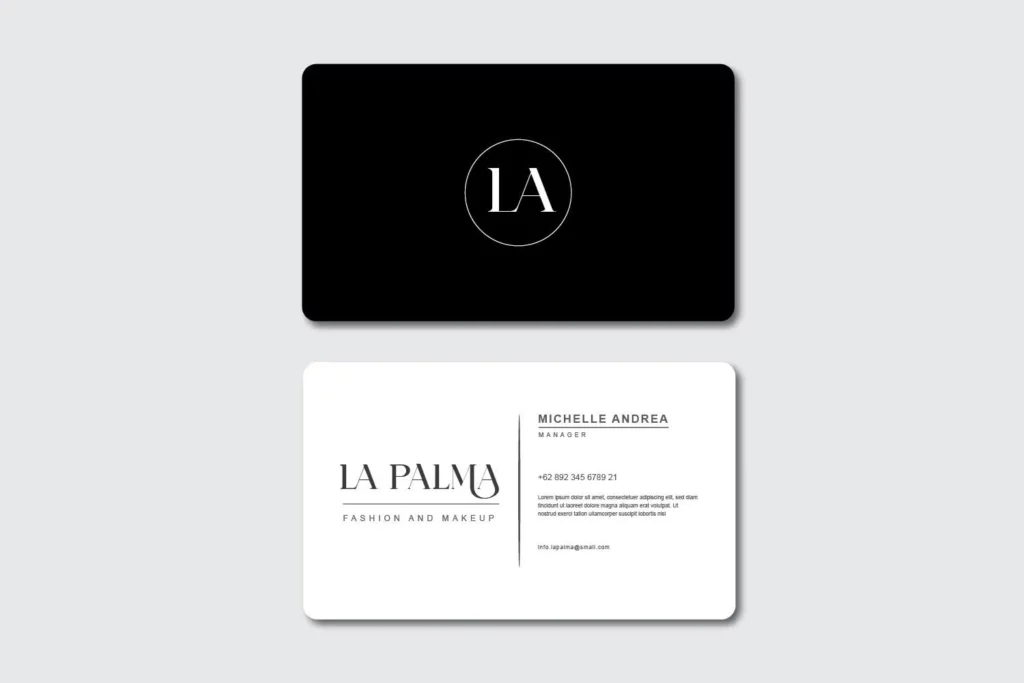

History of Bavarian Font
Bavarian font, often exemplified by its distinct, ornate letterforms, traces its origins back to 19th-century Germany. This typeface embodies Bavaria’s tradition and cultural richness, a region renowned for its deep historical roots and contribution to German artistry. Initially, this font was used primarily in formal documents and signage, whose elaborate details were intended to convey prestige and craftsmanship.
Over time, the font has become associated with various aspects of Bavarian heritage, including Oktoberfest, folk festivals, and traditional beer labels, symbolizing festivity and cultural pride. Its unique design, featuring elaborate swirls and slightly Gothic undertones, continues to charm designers and typographers worldwide, ensuring its place in the annals of font history.
Features of Bavarian Font
Bavarian font, with its distinctive appearance and historical significance, possesses several key features that make it stand out:
- Ornate Letterforms: Each letter is designed with intricate details and decorative elements, reflecting the craftsmanship and artistic flair of the Bavarian tradition.
- Gothic Influence: Though primarily ornate, the font bears Gothic influences in its structure, adding a touch of solemnity and historical depth to its appearance.
- Versatility in Usage: Despite its traditional roots, Bavarian font adapts well to modern design, making it suitable for various applications, from branding to event invitations.
- Symbolic Association: Beyond its aesthetic appeal, the font carries cultural significance, symbolizing Bavarian heritage, festivity, and the region’s famed hospitality.
- Variety of Weights and Styles: To cater to different design needs, this font is available in several weights and styles, offering flexibility for creative expression.
How to Use Bavarian Font
Incorporating Bavarian font into your designs can add a unique touch of tradition and elegance. Here are some tips on how to effectively use this typeface:
1. Selection of the Appropriate Context
- Branding and Identity: For businesses seeking a touch of tradition or craftsmanship, this font can provide a distinctive brand identity. It works exceptionally well for brewing, woodworking, and artisanal crafts companies.
- Event Invitations: Bavarian font is an excellent choice for invitations to weddings, anniversaries, or any event where a touch of historical elegance is desired.
- Marketing Materials: Use this font to add uniqueness to flyers, posters, and brochures, especially for events or businesses with a Bavarian or German theme.
2. Pairing with Other Fonts
- When using the ornate details of this font, pair it with more straightforward, more understated fonts for body text, such as Arial or Calibri, to ensure readability and balance in your design.
- Avoid pairing it with other ornate or Gothic fonts to prevent an overcrowded or cluttered appearance.
3. Consider the Medium
- Print: Bavarian font excels in printed materials where its intricate details can be fully appreciated, such as in letterhead, business cards, and brochures.
- Digital: For digital use, ensure the font size is large enough to maintain the legibility of its detailed letterforms, especially on smaller screens.
4. Experiment with Weights and Styles
- Utilize this font family’s various weights and styles to add depth and emphasis to your designs. Bold weights can be used for headings and lighter for subheadings or body text.
5. Cultural and Contextual Sensitivity
- Remember the cultural connotations associated with the Bavarian font. Ensure its usage is appropriate and respectful of Bavarian traditions and heritage, avoiding stereotypes or misrepresentations.
These guidelines will help you employ this font effectively, enhancing your designs with its historical charm and decorative beauty.

